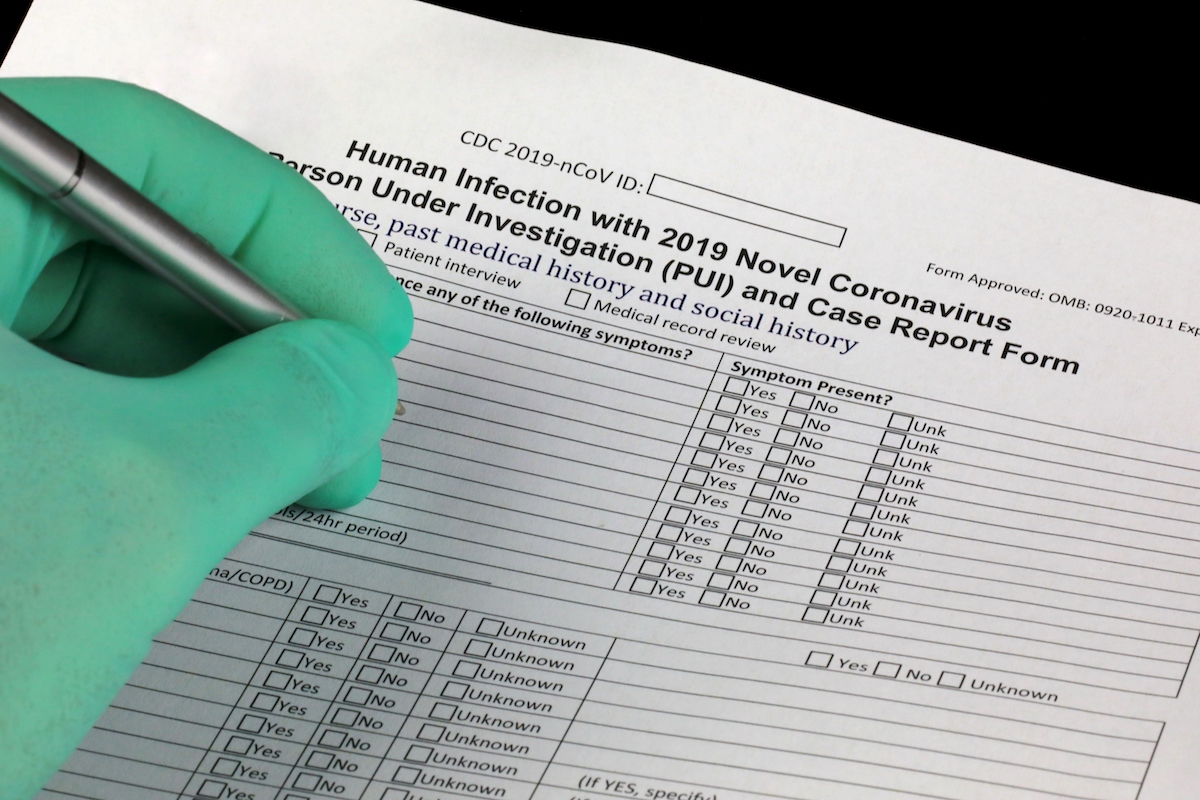Preparation and Candor Are Key for Coronavirus-Related Communications
By Allison Schroeder, APR
March 2020
Government officials around the world have been warning people of the potential ramifications of the coronavirus (COVID-19). Supply-chain management, special events, retail and hospitality businesses are all vulnerable to disruptions caused by this far-reaching public health concern.
Business leaders and communicators face the difficult challenge of deciding how and when to alter their normal courses of business over potential shortages of supplies, staff reductions, production delays, etc. They also have to decide how to address those changes with employees and customers.
At what point do we acknowledge that the global coronavirus outbreak has reached home, and announce our plans to manage it internally and externally? What will we say to our employees, customers and other stakeholders to maintain their confidence in our brands? Unfortunately, answers to these questions are not always clear-cut. But as information about the coronavirus changes by the minute, our responses must be timely, accurate and unique to our organizations.
Here are a few points to keep in mind:
Prepare to answer questions.
As this public health issue dominates news cycles and people’s conversations, corporate leaders must be realistic about how the global COVID-19 crisis will affect their businesses at some point, even if no one within their organizations contracts the virus. Employees, clients, suppliers and competitors will be asking questions, and we should be prepared to address them.
We can make more accurate statements by arming ourselves with information from reliable sources, such as the Centers for Disease Control and Prevention, the National Institutes of Health and the World Health Organization.
Business leaders should also check with suppliers to estimate potential delays in parts or products; calculate the costs of labor shortages or resources required for remote work; and consult with legal teams about potential liabilities.
As we receive such insights we have to formulate how to communicate our messages. Among the factors to consider will be how to use our owned-media platforms and internal communications channels, and whether they will be sufficient to communicate well or if they will need to be augmented by additional resources. As communicators, we need to plan ahead in thinking about the tools we will employ to reassure internal and external audiences that business is continuing as usual.
Be forthright.
We are all seeking the most up-to-date information about the coronavirus. A glance at Twitter’s trending topics shows the public’s hunger for details about the outbreak (and a few baseless theories). In crisis communications, we often encourage clients to publicly acknowledge the situation at hand and to provide succinct, accurate information. We should offer the same counsel, and encouragement to be forthright, to our own organizations in regard to the coronavirus.
Once we’ve identified the scenarios our organizations might face (an employee contracts the virus, others decide to self-quarantine, consumers have doubts due to misinformation, etc.), we must prepare our teams to address the anticipated questions and concerns. That means thinking through and planning to proactively address each scenario and how we will engage our relevant partners. In doing so, we must be wary of rumors or assumptions. As news cycles evolve by the minute, there are many opportunities for inaccuracies and misunderstandings.
Among the points we might communicate are how the organization is monitoring the situation; the steps it’s taking to keep customers, employees and stakeholders safe; and that the organization is ready to carry out strategic plans at a moment’s notice.
During times of crisis, communication must be consistent. To remain on message and accurate — and keep the same tone across the organization — only designated spokespeople should communicate to external sources.
Keep the frontline informed.
In fluid crises, such as the coronavirus, frontline employees might be as concerned as the customers. We should reassure them that their safety is our top priority, that we’re keeping an eye on the situation and adhering to all guidance provided by local officials.
We also need to notfiy employees and stakeholders of any policy updates that might occur in response to crisis updates and contingency plans, and to create spaces where we can address their concerns. When changes to daily operations become necessary, an informed team will more confidently deliver the messages that customers need to hear. As communicators, we should also provide clear talking points and messages that can easily be delivered. Above all, we must encourage empathy toward our stakeholders.
The coronavirus outbreak is another reminder of why it’s important to prepare our businesses by always updating our crisis-communications plans.
photo credit: douglas sacha



